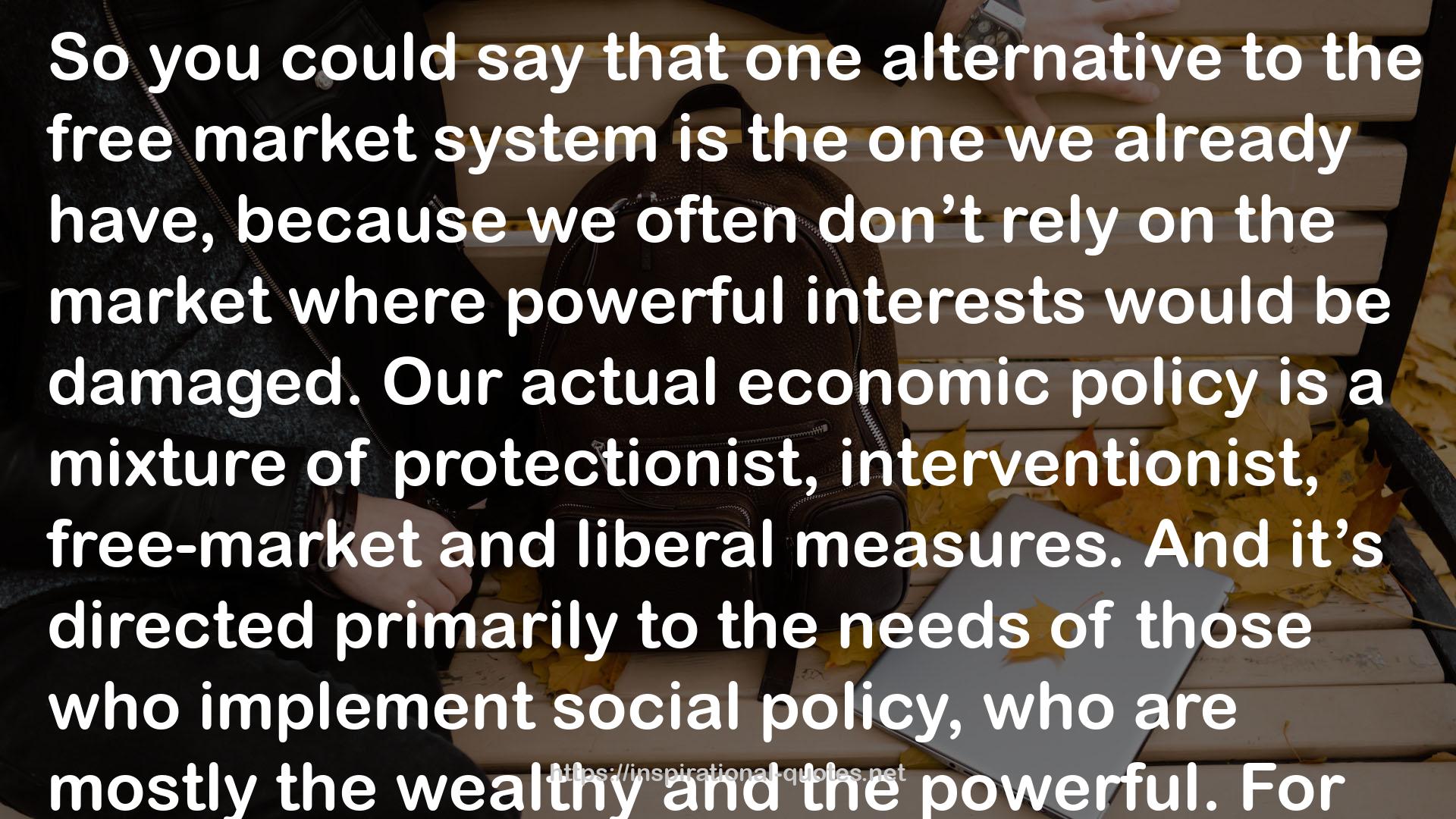How the World Works QUOTES
SOME WORKS
- Core 52: A Fifteen-Minute Daily Guide to Build Your Bible IQ in a Year
- Middlegame (Alchemical Journeys, #1)
- Falling Through Shooting Stars
- One More Day
- Um milhão de finais felizes
- Unhinged (Unraveled Renegade #2)
- Gnostic Mystery
- In An Enchanted Island: Or A Winter's Retreat In Cyprus
- Graceful Transitions: A Practical Handbook - How to Navigate Smoothly When Everything Feels in Chaos

